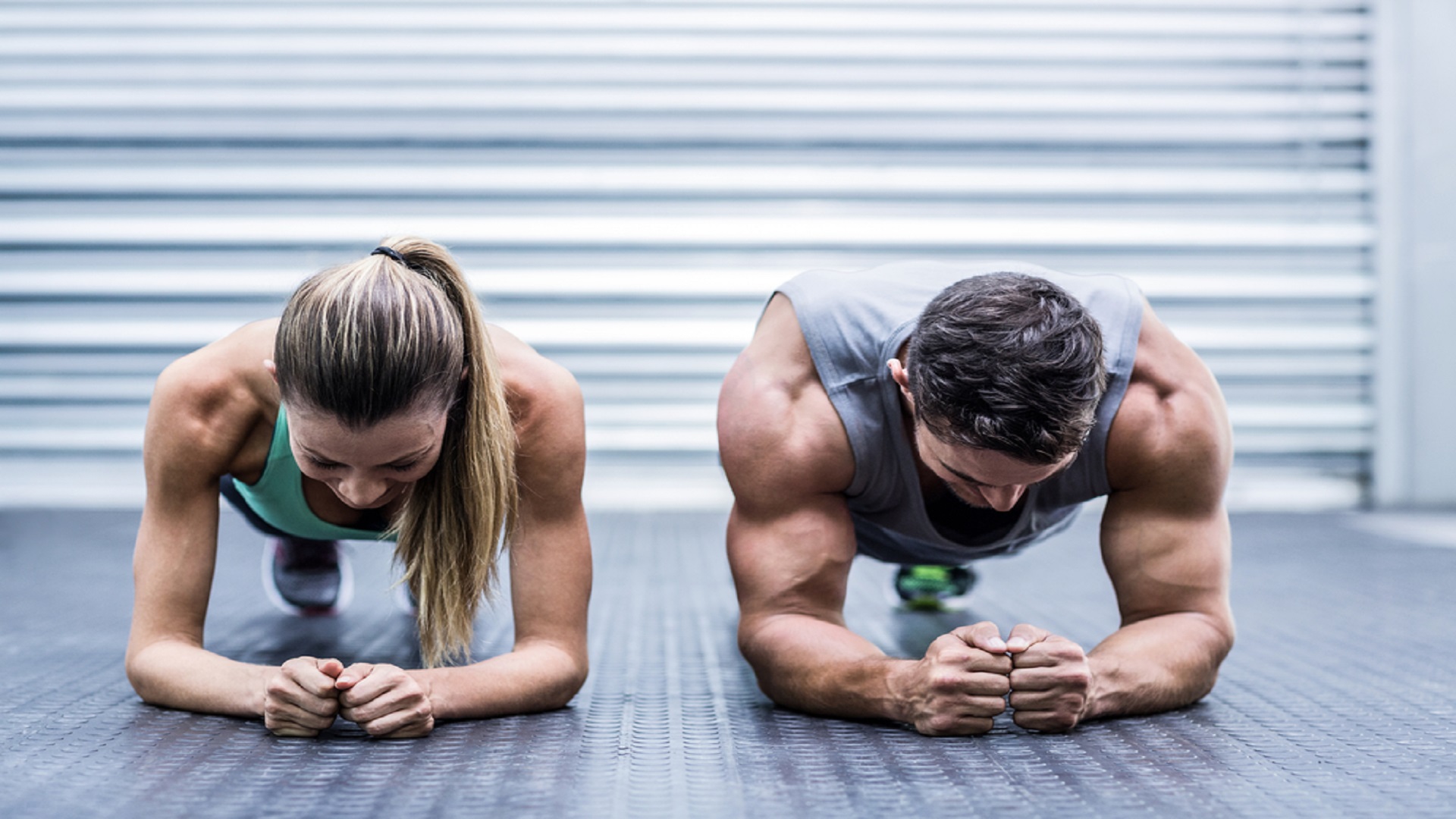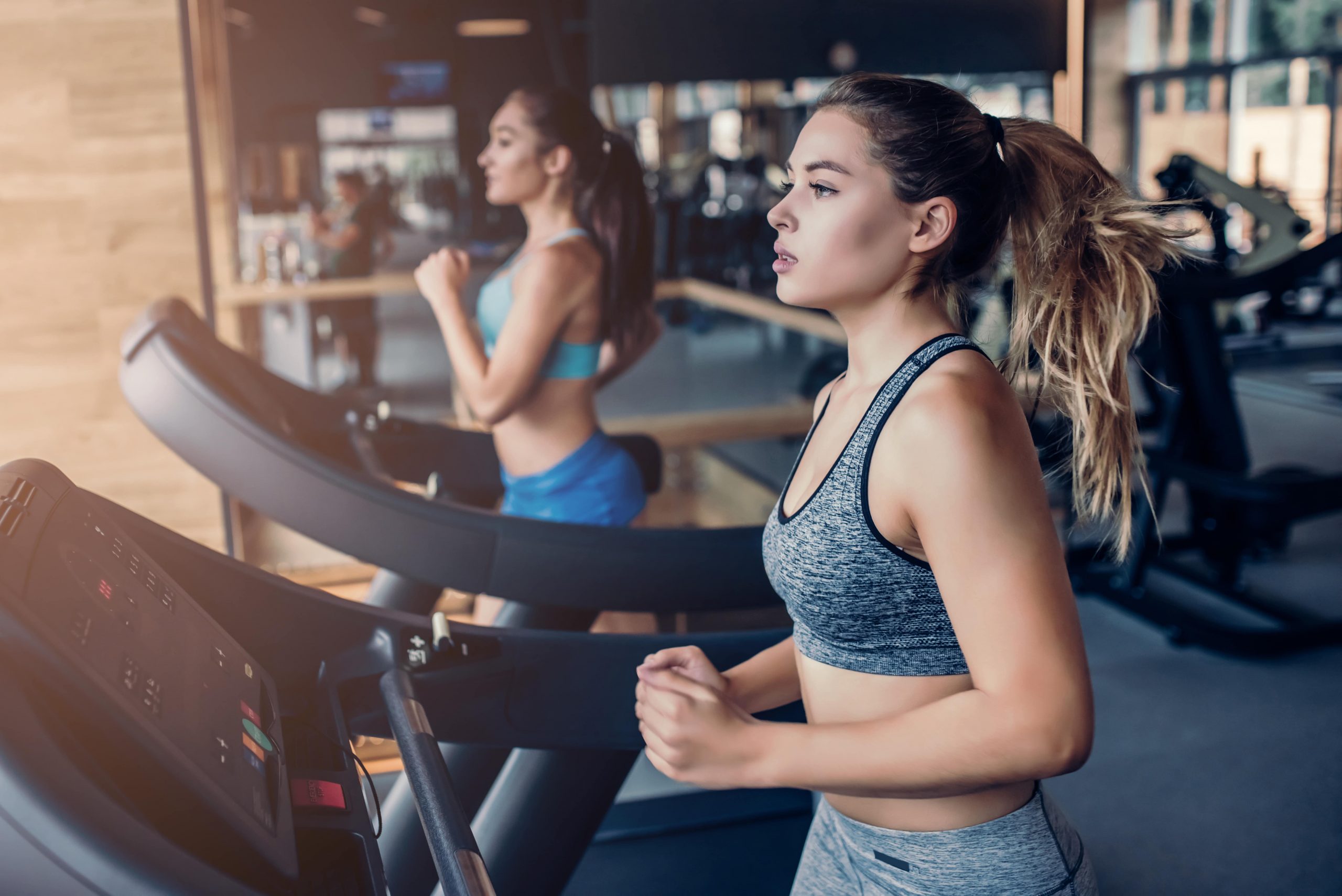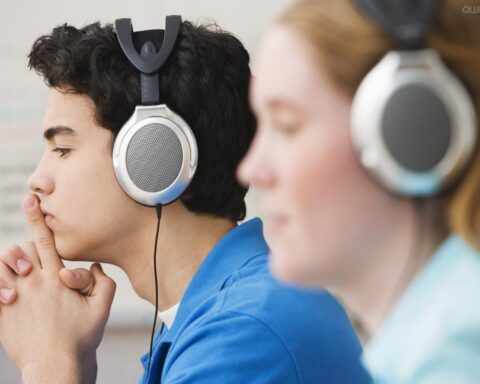What are the most likely challenges for women in each age group? Ie muscle loss, bone protection, joints, sleep, stress, heart health. And what are the best forms of exercise that each age group should do?
40s
Most women in their 40s possibly contract heart disease, which is a leading cause of their deaths. They may also suffer breast cancer, and vitamin deficiency that causes bone mass loss. However, they can prevent such illnesses by engaging in moderate to intense exercise programs, such running and jogging. Their heart-health can improve by spending at least 75 minutes of exercise in a week.
50s
Common complains for people in this group include chronic diseases, such as hypertension, diabetes, osteoporosis, and arthritis. It is more common in women than men. Such illnesses can be mitigated by exercising the large muscles to benefit the cardiovascular system. For instance, I recommend dancing, swimming, jogging, and walking. At least 20 minutes per day, thrice or four times a week can help.
60s
Women in 60s are likely to suffer from high blood pressure, arthritis, and osteoporosis. But exercising with moderate intensity workouts can ease the related symptoms. This group should exercise for at least 150 minutes in a week. Doing moderate intensity workouts of 30 minutes daily for four to five days a week. Alternatively, 75 minutes of vigorous exercise, such as jogging or running can help strengthen their muscles.
70s
While growing older comes with wisdom, there is a drop health wise. People in this group may have high cholesterol, cataracts, hypertension, and hearing loss. But I advise my clients to try resistance training for strengthening muscles and bones to reduce falls. Aerobics training, including swimming and walking can improve their heart health and ease symptoms of old age.
80s
The risks involved here are falls, vision loss, weak immunity, bladder issues, and hypertension. I always advise my clients chair yoga for improved flexibility and stronger muscles to reduce falls. Walking and resistance training with body weight may also be helpful. The key is to make the workouts low impact.
- How to Manage or Improve Anxiety - September 21, 2023
- The birth of a company - July 29, 2023
- Online Fitness & Nutrition/Personal Training by Rob Powell - July 7, 2023







